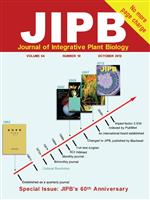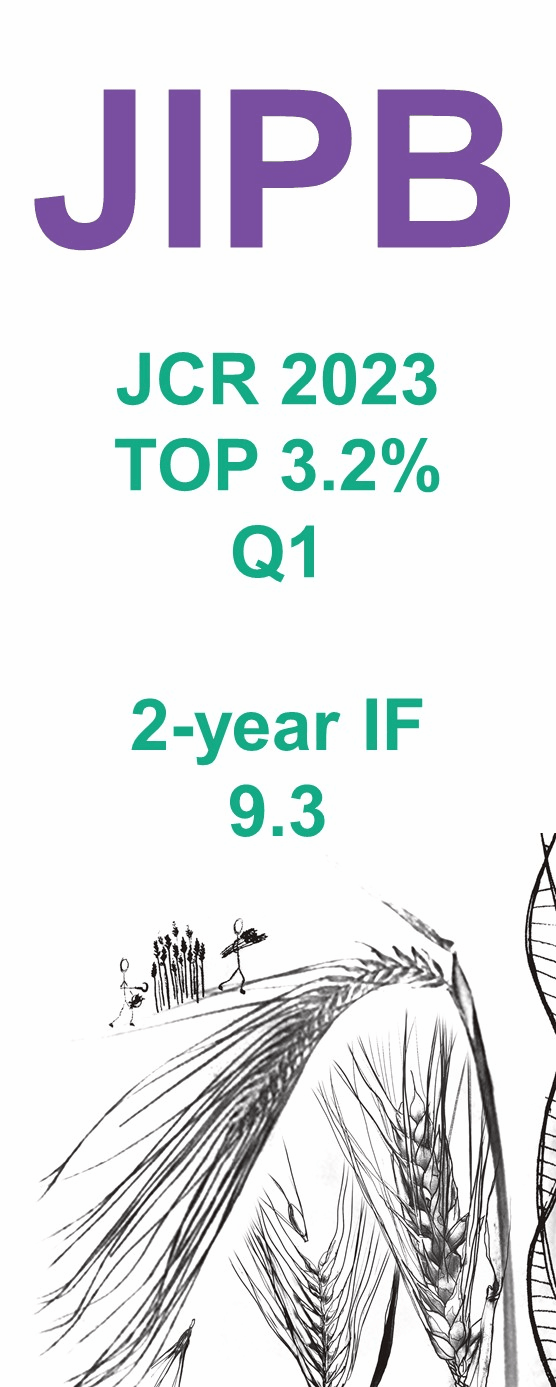Remotely-sensed vegetation indices, which indicate the density and photosynthetic capacity of vegetation, have been widely used to monitor vegetation dynamics over broad areas. In this paper, we reviewed satellite-based studies on vegetation cover changes, biomass and productivity variations, phenological dynamics, desertification, and grassland degradation in China that occurred over the past 2–3 decades. Our review shows that the satellite-derived index (Normalized Difference Vegetation Index, NDVI) during growing season and the vegetation net primary productivity in major terrestrial ecosystems (for example forests, grasslands, shrubs, and croplands) have significantly increased, while the number of fresh lakes and vegetation coverage in urban regions have experienced a substantial decline. The start of the growing season continually advanced in China's temperate regions until the 1990s, with a large spatial heterogeneity. We also found that the coverage of sparsely-vegetated areas declined, and the NDVI per unit in vegetated areas increased in arid and semi-arid regions because of increased vegetation activity in grassland and oasis areas. However, these results depend strongly not only on the periods chosen for investigation, but also on factors such as data sources, changes in detection methods, and geospatial heterogeneity. Therefore, we should be cautious when applying remote sensing techniques to monitor vegetation structures, functions, and changes.
Zhao X, Zhou D, Fang J (2012) Satellite-based studies on large-scale vegetation changes in China. J. Integr. Plant Biol. 54(10), 713–728.




 Scan the QR code to view JIPB on WeChat
Scan the QR code to view JIPB on WeChat













